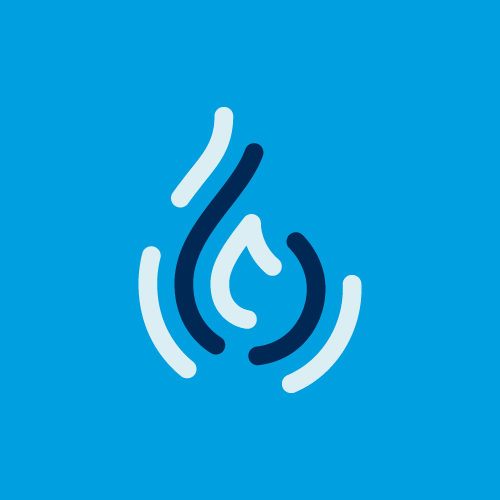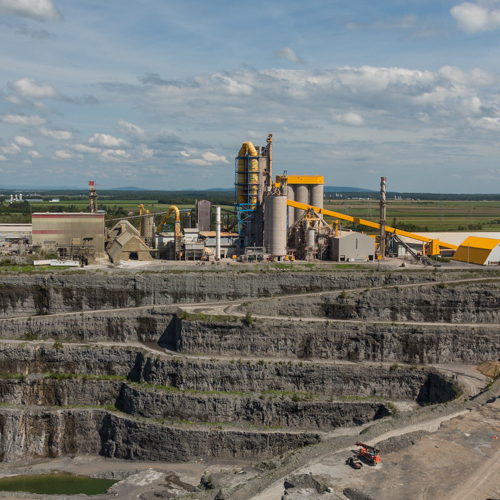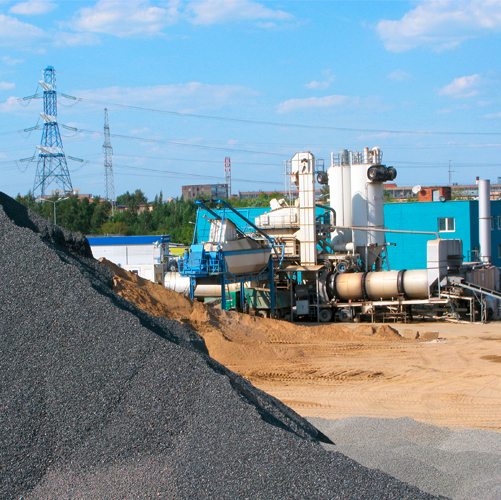Accounting for each dollar spent on energy and where it goes is essential for any business. It is also important to know the bases of comparison of these costs and the reasons for the variances when they appear. MT&R, or Energy Monitoring, Targeting and Reporting, is a high-performance management method that helps optimize energy use.
What is MT&R?
MT&R allows a historical analysis of the energy performance of a building or a process. This technique is increasingly applied in North America. With the data collected the manager can establish objectives to reduce consumption, control energy performance and thus establish a budget or future actions. Implementing an active close monitoring system for everything related to a company’s energy consumption can achieve savings ranging from 5% to 15%.
MT&R should be perceived as a cycle of measuring, analyzing and taking action, as illustrated in Figure 1.
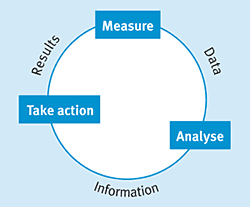
The steps to follow
To ensure a successful MT&R process and derive the maximum benefits from it, here are the crucial steps to follow:
-
Measure energy consumption and collect data on the different variables over time according to a predetermined frequency;
-
Establish an energy performance model. This means defining the functional relationship between energy and the independent variables;
-
Produce a historical analysis of energy performance and use the curve for future needs. CUSUM (Cumulative Sum of Differences) is a functional analysis that makes it possible to establish this curve and is defined in this article;
-
Define the reduction objectives and establish an action plan to ensure the goals are achieved;
-
Monitor the results.
CUSUM: effective modeling
Within the context of implementation of MT&R, CUSUM allows rigorous tracking of the variances between the energy performance model defined initially and the actual consumption measured, according to a predetermined frequency. This will shed light on the variances so that managers can orient their actions.
To establish an effective CUSUM, it is essential to use a unit of measure of physical energy (MJ, m3, litre, kWh, etc.) because it is fixed in time. Although the objective is to reduce costs, dollars are not a reliable unit to compare energy consumption over time.
The data of a food processing plant will illustrate CUSUM. The manager of this facility first identified a variable: production in pounds. The first step is to define an energy performance model. As shown in the above graph, the first 12 months of consumption and production of a 27-month history serve as a performance model. During this period, no energy saving measure had been implemented. The equation of the baseline model translates into y = 2.0078x + 64,966. The slope, 2.0078, represents the incremental in energy consumption per pound produced. The constant 64,966 represents the energy consumption independent of production. Energy consumption and production readings were taken monthly throughout the process.
CUSUM is constructed from the sum of the variances between the energy performance model and the data collected monthly. CUSUM thus is the sum of all the differences for each period. The CUSUM graph is plotted according to the periods analyzed, as illustrated in Figure 2.
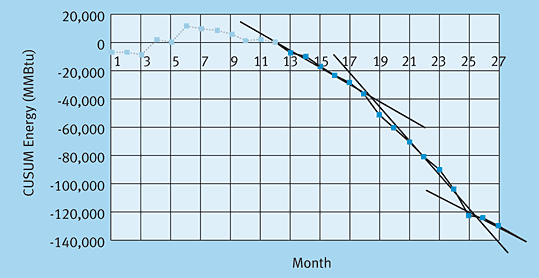
This graph reveals changes in energy performance at every point where there was a change in slope. Thus, a downward trending line indicates savings and an upward trending indicates an increase in the consumption rate. For example, starting in the thirteenth month, energy saving measures were established, since the slope of the curve changes. In all, for the period analyzed, about 130,000 MMBtu were saved in relation to what the consumption would have been according to the baseline model.
Based on the different readings of the CUSUM graph, the manager adapts his MT&R and ensures that his energy saving objectives are achieved. This energy management technique in a building or a process is a constantly evolving but extremely profitable cycle. In summary, to optimize energy performance, it is first essential to know the actual status of energy consumption by means of a tool such as CUSUM and then define the objectives and actions to take in order to improve the situation and then validate achievement of the objectives.
Marie-Joëlle Lainé, Eng.
Technical Advisor
DATECH Group
Reference:
Guide to Energy Management, Fifth Edition, Barney L. Capehart, Wayne C. Turner and William J. Kennedy, Chapter 1. Note: This article is an adaptation of an excerpt from section 1.7 written by Doug Tripp, P. Eng., Executive Director, Canadian Institute for Energy Training, and Stephen Dixon, President, TdS Dixon Inc.
Continue reading




